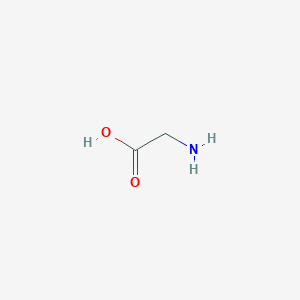Irrigant during transurethral prostatic or bladder surgery
Adult: As 1.5% sterile solution: Use as required according to the nature and duration of the procedure, and discretion of the surgeon. Administer via transurethral instillation with appropriate urologic instrumentation.




 Sign Out
Sign Out




